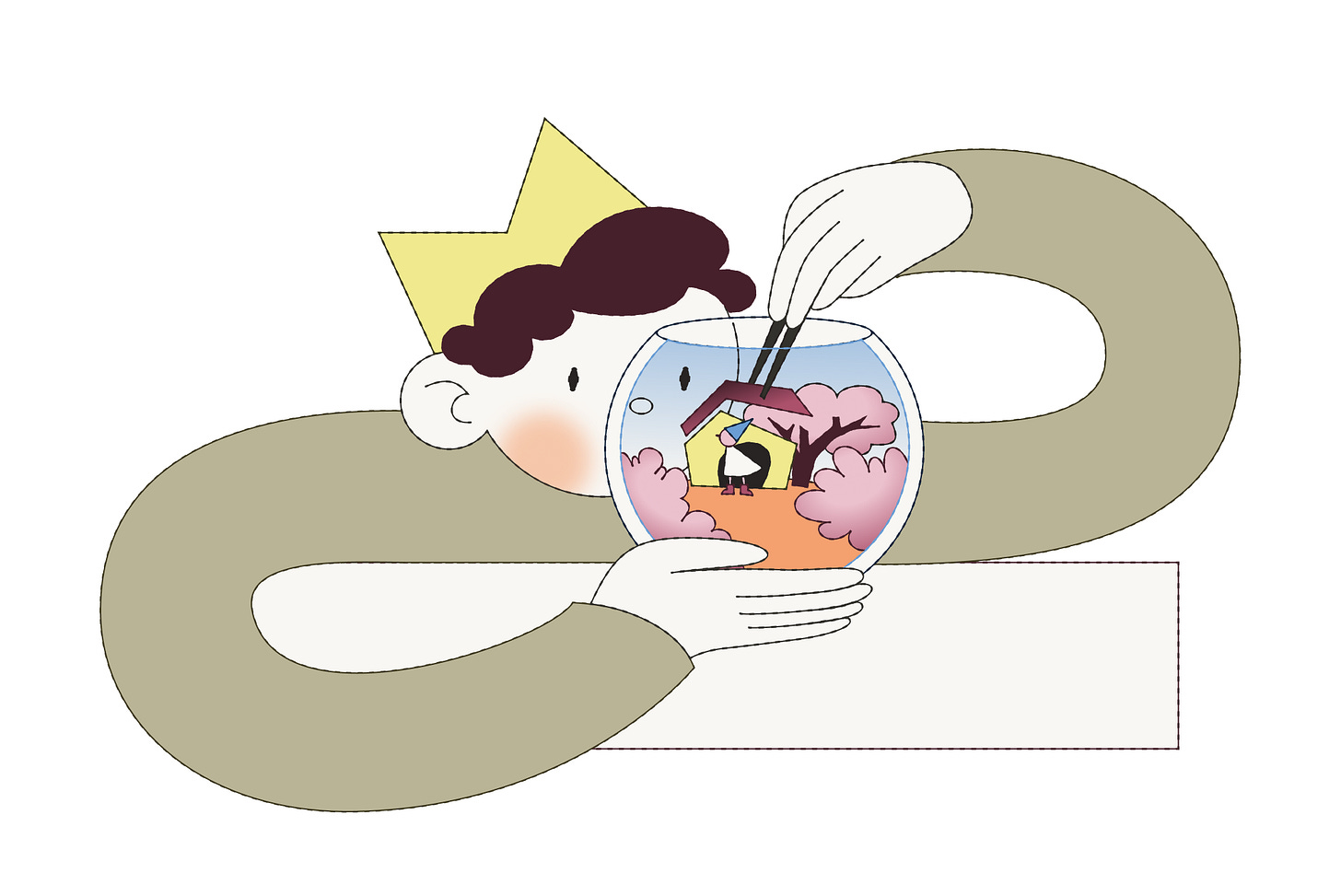World-building Techniques ALL Writers Should Steal From Speculative Fiction
From 'The World-building Collection' with Amy Shearn

Keep reading with a 7-day free trial
Subscribe to The Forever Workshop to keep reading this post and get 7 days of free access to the full post archives.


